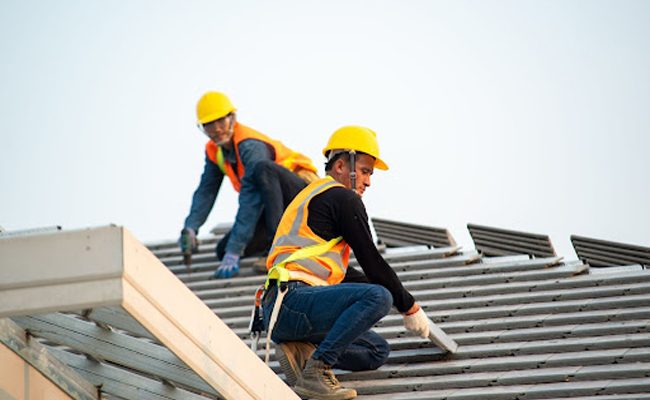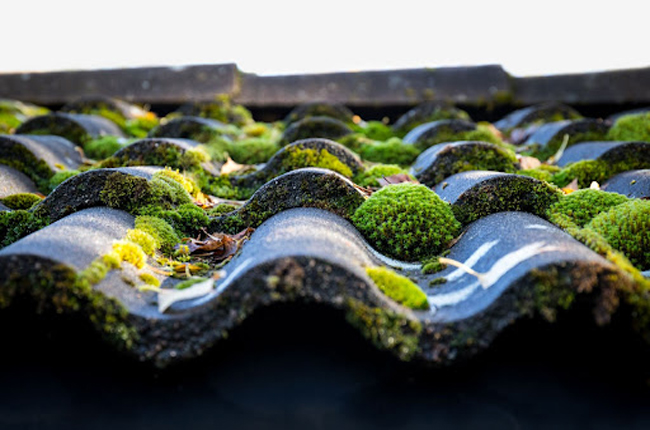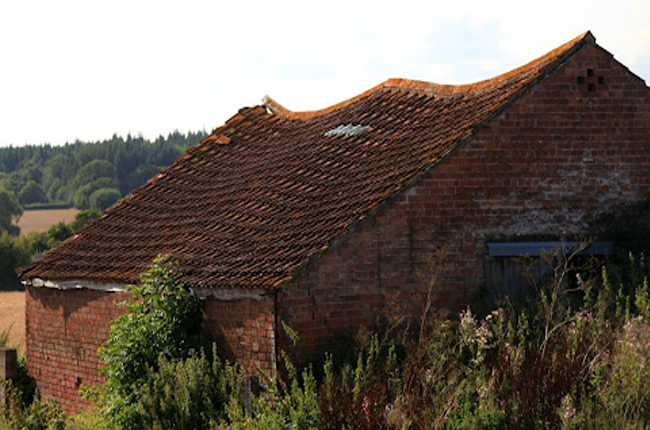
Roof maintenance is perhaps the most common part of a property that often homeowners tend to forget about or even blatantly ignore. Not carrying out the necessary roof maintenance or ignoring any warning signs can leave you with having to replace your roof.
A good rule to follow for standard roof maintenance is to check your roof at least twice a year to look for any signs of damage. When a roof is typically nearing its lifespan and is in need of a roof replacement, there are a number of common signs to look out for.
Roof Leaks

A leak from a roof is one of the most common signs that your roof could need a replacement. The best way to check for roof leaks is to check your attic after some rainfall and to look for signs of water intrusion. If the leaks are only originating in one area of your roof, then you might not need a full roof replacement and only need to either carry out a repair yourself or seek a professional roofer. If you’re living in Bath and happen to search for ‘roofers Bath’, A.L King Roofing company provide professional services in all aspects of roofing.
If you ignore a leaking roof and leave it to get worse, then your roof can become susceptible to further damage which will lead to the need for a new roof which can be rather costly.
Moss & Mould Growth
Another common sign to always look out for is the growth of moss and mould. When a roof encounters the growth of moss, it can end up creating a build-up of water as the moss will prevent some water from reaching the gutters, which then creates more moisture in the roof, leading to leaks. As moss is so thick, it easily traps so much moisture and causes tiles to force themselves apart which can let the water in.
How To Identify Different Types Of Growth
- Algae – To spot algae, look out for black and green colouring and spores between shingles and shakes. Algae will tend to grow in more damp and humid climates and when left untreated, can cause your roof to rot.
- Mould – Mould is easy to identify. If your ceilings are displaying brown or dark/green splotches and you can smell a very unpleasant odour, then this will be mould growth. Sometimes it’s a little harder to detect on a roof, however, so it is always advised to contact a professional.
- Moss – To detect moss growth, look out for a green fuzzy texture growing on your roof. When moss spreads it
Prevention is better than cure, and if you act fast when moss, mould and algae start to appear, then you may only need a roof repair. Of course, if you let it develop and worsen, then you will end up having to pay for a new roof.

Sagging Roof
A sagging roof is a common issue found in homes that haven’t had a roof replacement for a long time and in older homes due to their designs. A sagging roof can be seen as quite an alarming indication that you may need a new roof. A sagging roof can actually cause damage to the structure of your home and if left untreated to deteriorate, can end up becoming a more serious issue in the future.
Water damage, associated with just about any other roofing issue, is a common cause for a sagged roof due to its damage to the sheathing. If the roof isn’t distributing water properly to the roof gutters, then as you will already know, moisture builds up which can cause the sheathing to decay which leads to a sagged roof. Replacing the sheathing with new material could fix the issue, however in most cases, sagging may be too much and especially for older homes, a full roof replacement would be needed.
An Outdated Roof
If you have an asphalt shingle roof and are over the age of 30 years, then this sign to consider updating and replacing your old roof. An asphalt shingle roof typically lasts between 20 to 30 years, even if it appears to look fine, you should really replace it as it has reached its life expectancy and will likely encounter problems soon.
Here are the life expectancies of other roofing materials:
- Slate – over 100 years
- Wood shingles – Anywhere between 20-40 years
- Clay tile – Around 50 years or maybe a little longer
- Metal – 70 years.
Leave a Reply